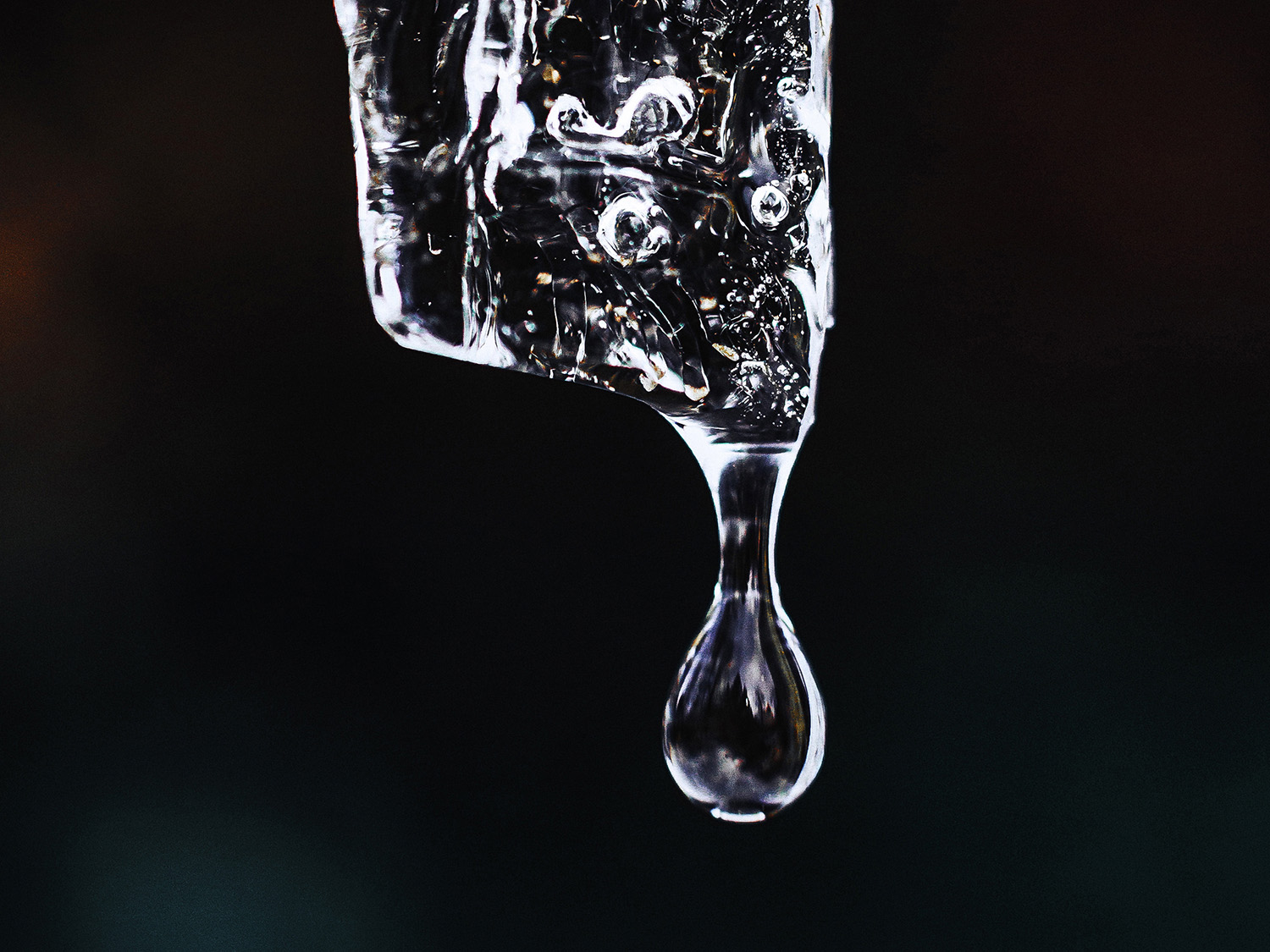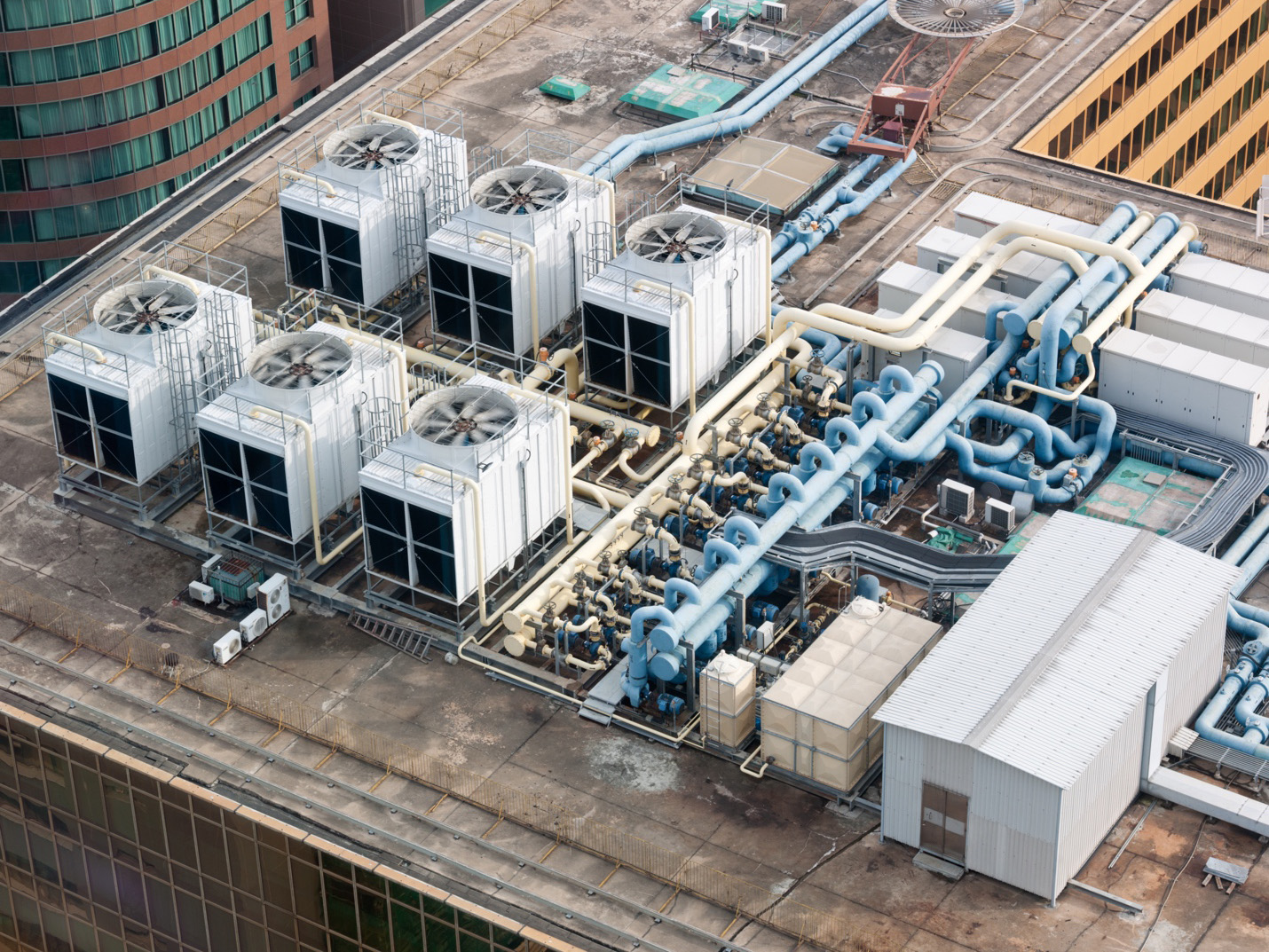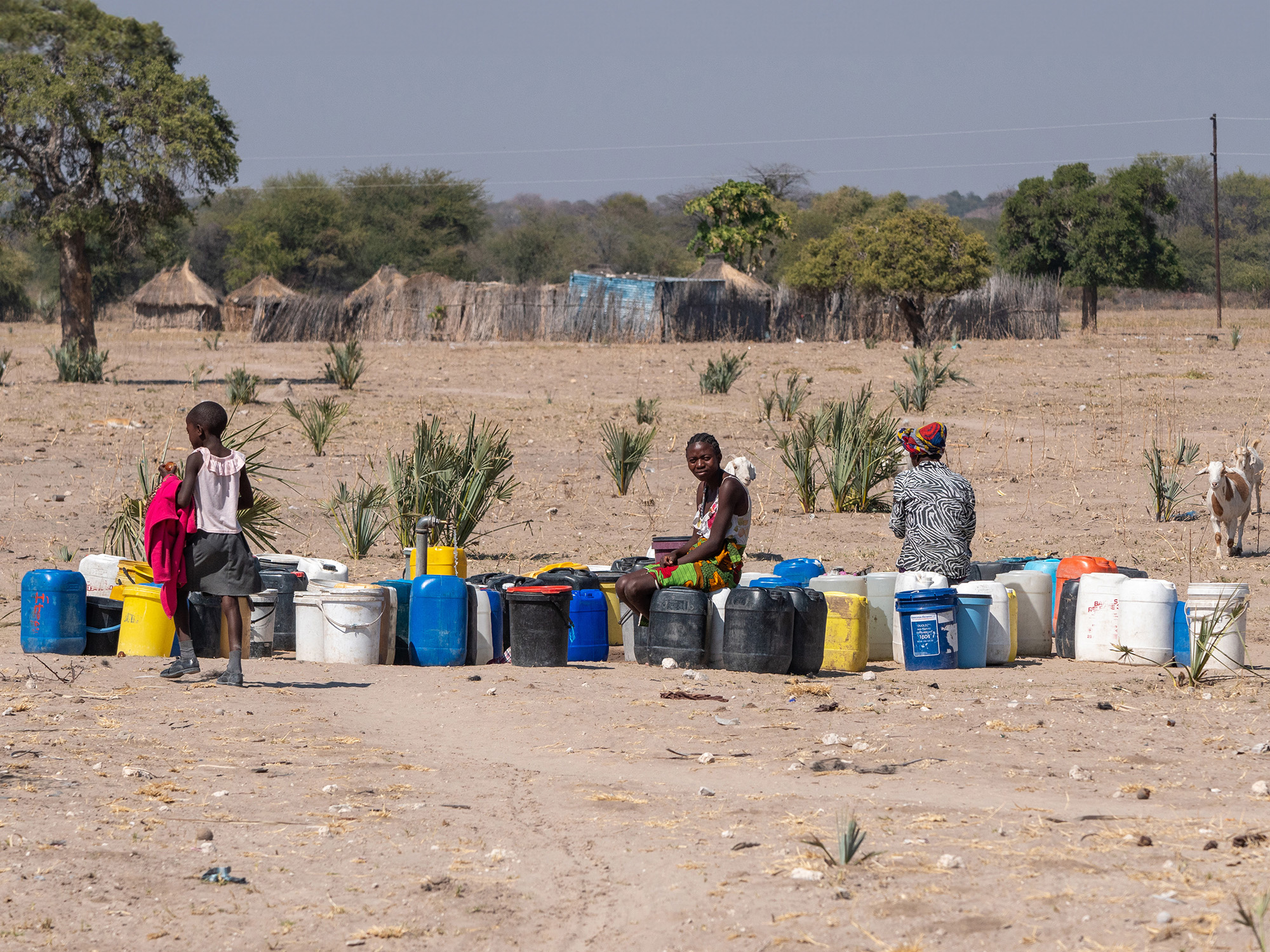Research Interests

Environmental low-grade energy harvesting
Low-grade energy sources like heat (below 100°C) and ambient moisture are abundant yet largely untapped in our environment. They represent a vast reservoir of energy that could be directly converted into power using innovative electrochemical technologies. Traditionally, liquid-based electrochemical systems employ the classical electric double layer (EDL) models, focusing on the molecular interactions among water, ions, and surfaces to determine interfacial properties. However, this understanding becomes less clear in hydrogel-based systems where the polymer matrix introduces varying degrees of confinement, from nanoporous structures to strong polymer-ion interactions. This scenario raises a critical question: how can we derive new models to accurately describe the charged interfaces in hydrogels, thereby unlocking the potential of soft materials for energy conversion?

Broadband thermal management through smart soft materials
To alleviate the burden on power grids, reducing energy consumption and dependence on electricity in key areas such as temperature control is crucial. Soft materials, including hydrogels, fluoropolymers, and particle-polymer hybrids, offer innovative solutions by managing light and heat across specific wavelength regions. They achieve this through precision control of element dimensions, crafting intricate structures, and fine-tuning refractive indices. Our laboratory is dedicated to developing smart thermal management technologies that not only provide sufficient cooling on hot days but also ensure heating and thermal preservation during colder times. This approach promises to revolutionize temperature control by maximizing efficiency and minimizing energy usage.

Atmospheric water harvesting
The Earth's atmosphere contains approximately 50,000 km³ of freshwater in the form of droplets and vapor. Atmospheric Water Harvesting (AWH) offers a promising solution to extract water from the air and produce liquid drinking water. However, current AWH materials are hindered by either sluggish sorption/desorption kinetics or high costs. Additionally, AWH systems often require complex infrastructure and substantial electricity inputs. Our goal is to revolutionize this technology by developing passive, self-adaptive AWH systems suitable for diverse climates, utilizing smart hydrogel materials. These systems will provide safely managed water for household use with minimal need for expert labor and reduced operation and maintenance demands, making them ideal for decentralized water solutions.
© 2024 Will Chang Liu. All rights reserved.